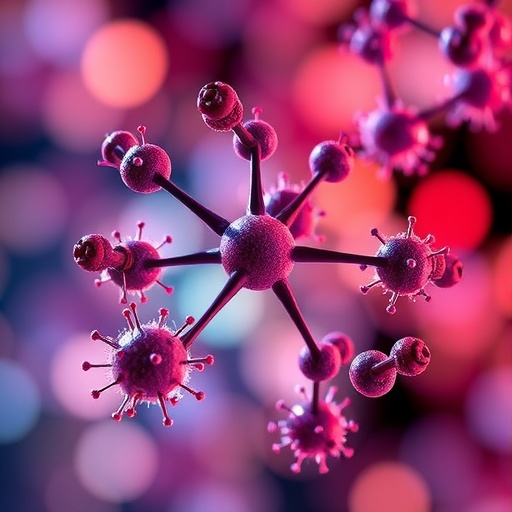Almost ninety years ago on a freezing January morning, the keepers of the Stockholm Zoo in Sweden discovered a dead seal pup in their seal pond. The pup was immediately recognized as a bastard; a hybrid between species that should not interbreed. Only two grey seal males and one ringed seal female, species belonging to different mammalian genera, were housed in the pond. The hybrid appeared to carry a mixture of features of both the parent species.
The researchers in the University of Helsinki and their international colleagues have located the preserved hybrid in the museum collections, and confirmed genetically that the skull specimen is the hybrid between the grey and ringed seal.
They also examined new genomic data from wild Baltic Sea grey and ringed seals. By comparing these genomic sequences with that of the Saimaa ringed seal, it was possible to examine whether the grey and the ringed seals could have interbred also in the wild.
Just like has been found to be the case between many mammalian species, including early humans, the analyses revealed genetic traces of hybridization between the seal species in the Baltic.
“The shape of the skull, and especially the teeth of grey and ringed seals are so different that they could be classified as belonging to different families if discovered as fossils. Yet, the seal hybrid was found to be an almost perfect intermediate between the species with no detectable anomalies. When placed into the context of other hybridizing mammals, the grey and ringed seals provide the extreme bracket of shape difference found between hybridizing species pairs,” Academy Professor Jukka Jernvall from the Institute of Biotechnology, University of Helsinki, Finland says.
Compared to Neanderthals and modern humans, grey and ringed seals are genetically and dentally at least twice as different, suggesting that there may be more fossil human hybrids to be discovered. The analyses also revealed that landlocked species, such as the Saimaa ringed seals found only in Lake Saimaa, can be genetically quite distinct as they have had no mates other than their own kin.
###
The research was a collaboration between the Institute of Biotechnology and the Faculty of Biological and Environmental Sciences in the University of Helsinki, Department of Environmental and Biological Sciences of the University of Eastern Finland, Institut Systématique Evolution Biodiversité, Muséum national d’Histoire naturelle, CNRS, Sorbonne Université in France and the Departament de Genètica i Microbiologia, Universitat Autònoma de Barcelona in Spain.
Media Contact
Jukka Jernvall
[email protected]
Related Journal Article
http://rsos.
http://dx.




